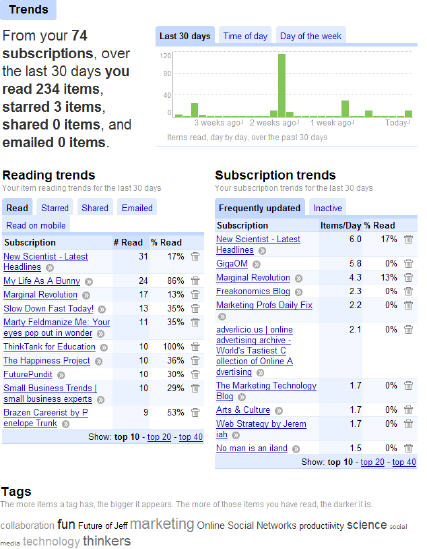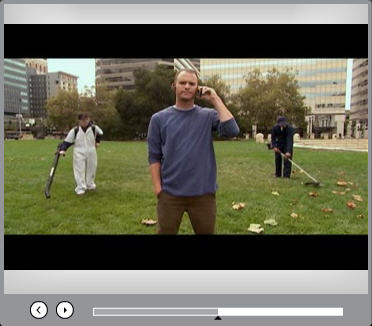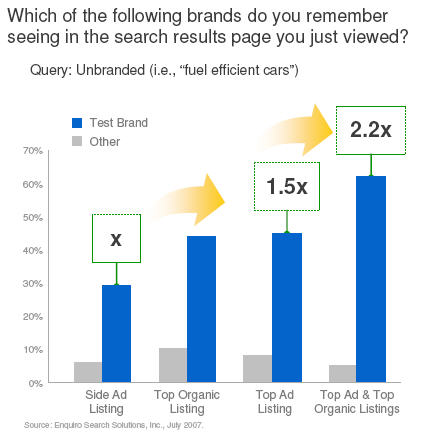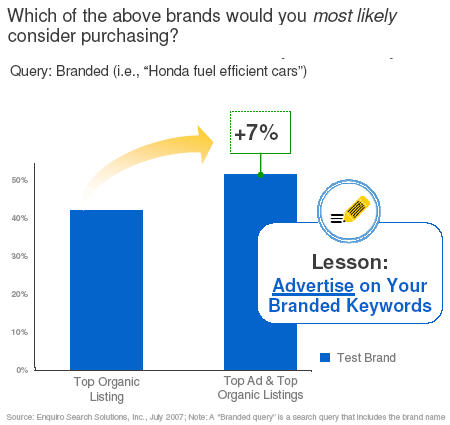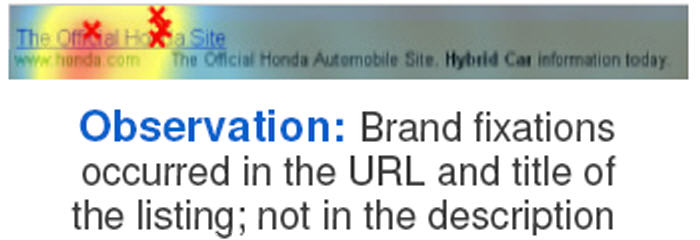A recent survey has shed light on what one breed of marketing professionals are perceiving as good bets in terms of measurable return on investment (ROI). The tactic leading the pack is email, sent to an internal — or “house” — list. This is hardly surprising, since it is a relatively low-cost way to announce new products and deals to customers and prospects. What is more interested is seeing how both organic search marketing (i.e., search engine optimization) and pay-per-click (PPC) search marketing are viewed by these same executives compared to other tactics. Here is the full run-down:
Considering the search-centric executives surveyed (these were 3,186 “in-house search marketers or agency executives,” as reported in eMarketer.com‘s ROI for Select Marketing Tactics according to US Search Marketers), it’s not surprising both are regarded highly. Both are deemed as “Good” investments in respect to the return they typically provide by one out of every three respondents, and another third (34% total) considered one of these two tactics “Strongest” in terms of ROI.
This would be a glowing assessment of search when compared with other tactics, if only PPC weren’t also deemed as “highly variable” by 28% of respondents. Considering how much control one has on the risks and rewards of PPC, this makes me wonder if that measurement isn’t the voice of a minority who either hasn’t conducted a PPC campaign or hasn’t done it properly.
The booby prize goes to online advertising (“banners, etc.”), deemed “Low Value” by 43% of the group. With opinions of online ads being this negative, is it any wonder ad networks are scrambling to sweeten the kitty with more behaviorally-focused targeting?
What is your response to these numbers?

